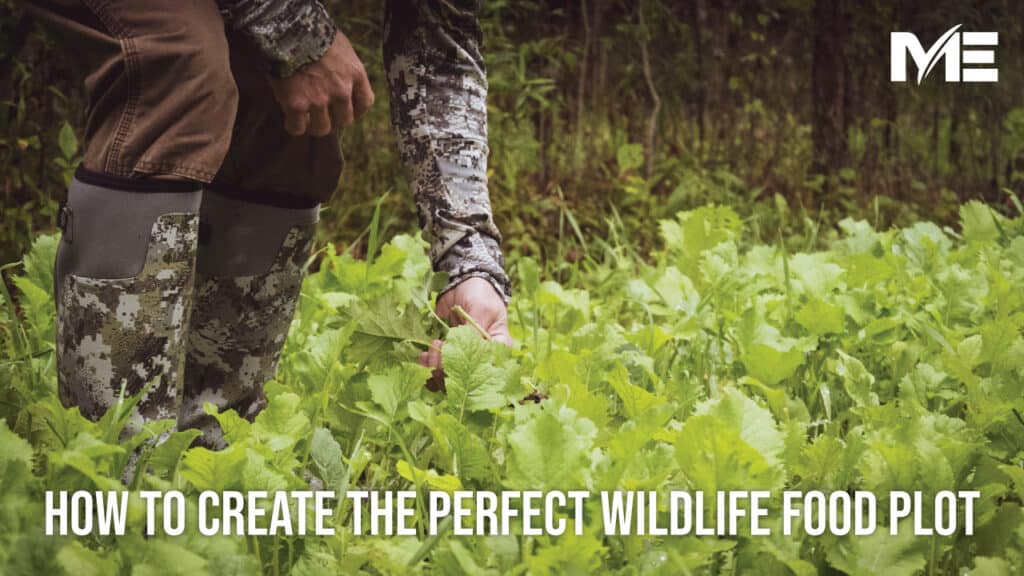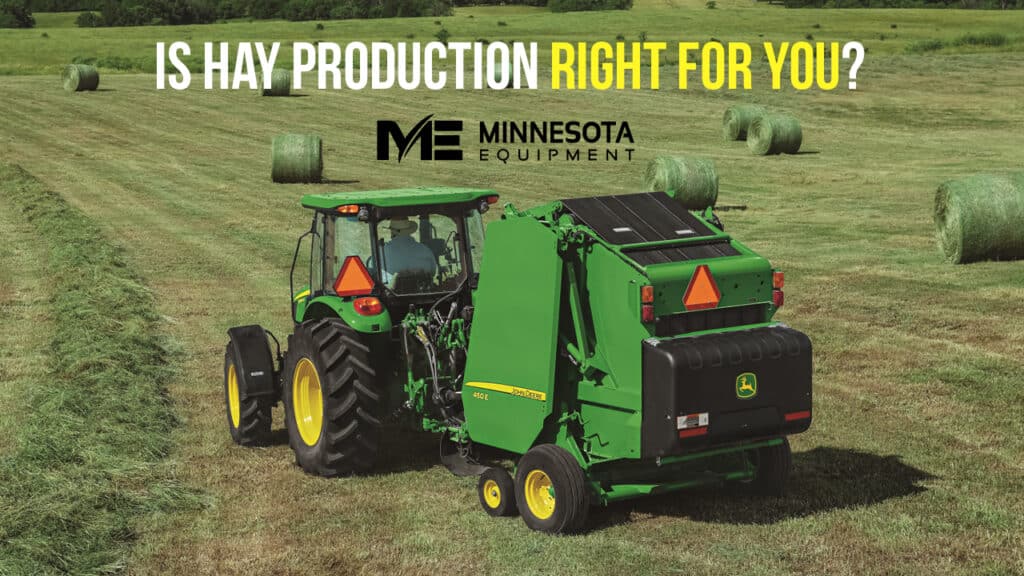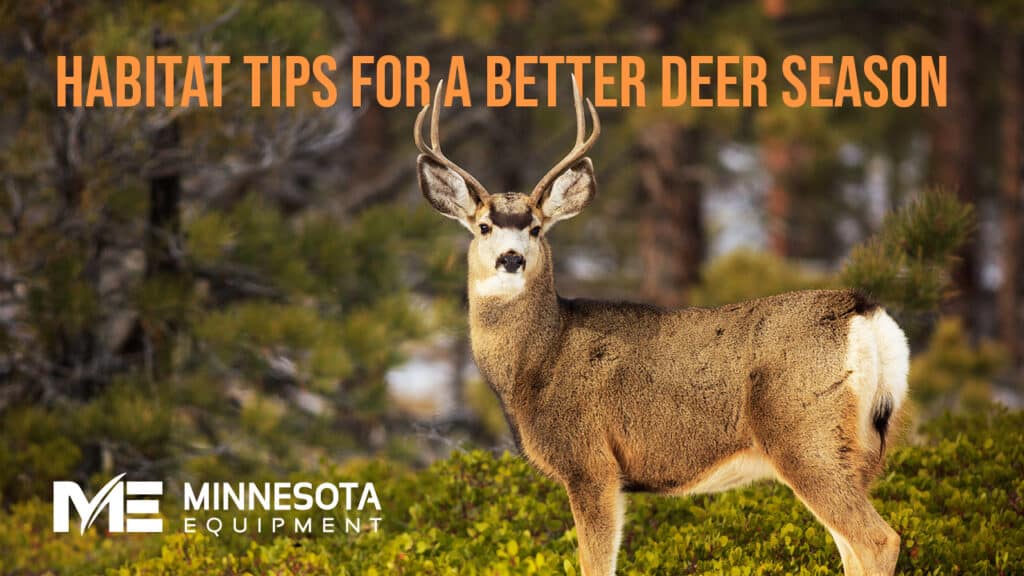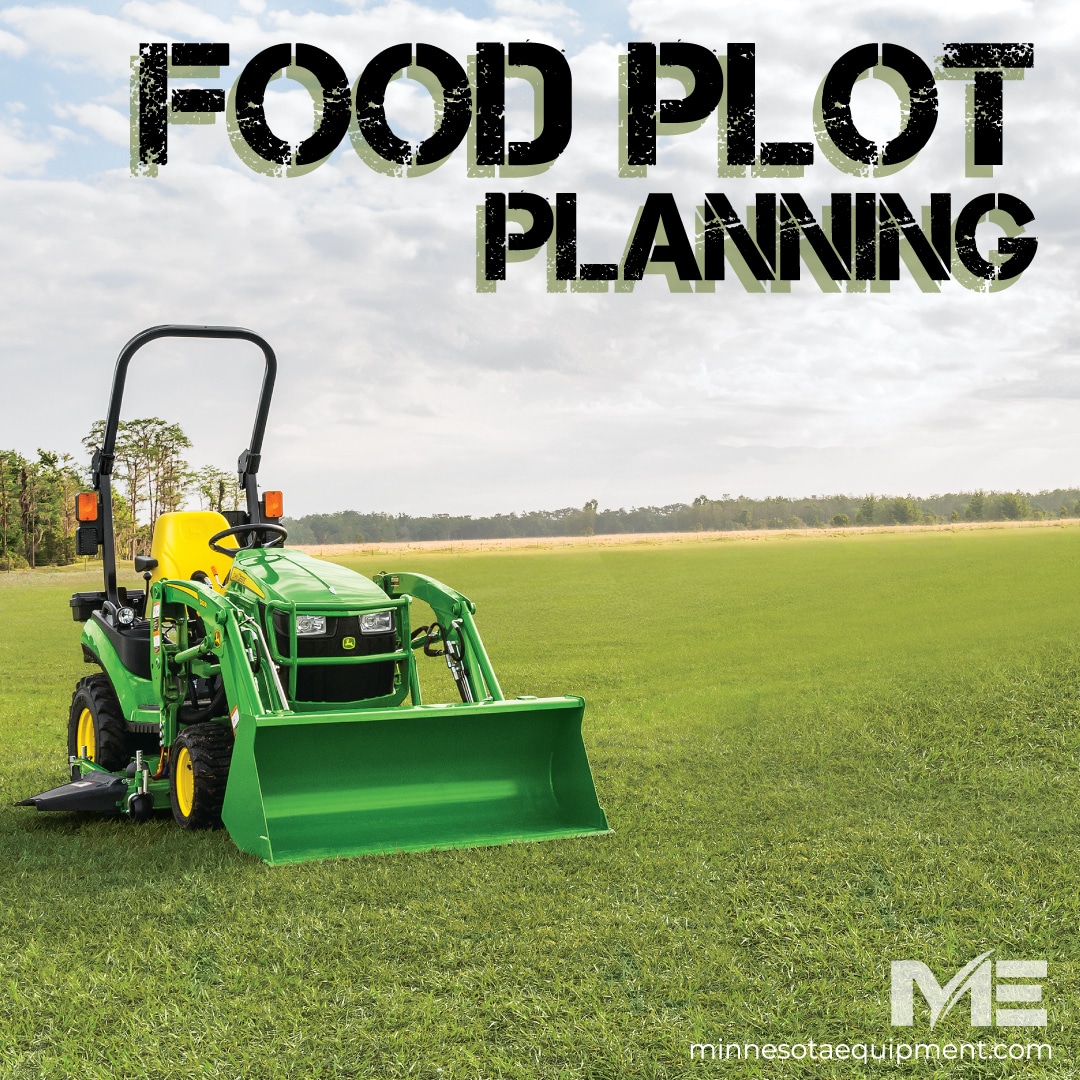
Chart a course now to make future plots the best ever
Successful food plots require a combination of prep, smart planting and timely maintenance. But the groundwork for plots that fit your property and your goals starts with thoughtful planning. Here is a brief overview of food plot planning.
One of the first steps is deciding the location, size and shape of plots you’d like to add to your overall land and habitat management plans. Whether this is your first plot or you’re adding to a network of existing plots, all the tips and strategies apply.
Let’s start with your overall plan. Creating a food plot strategy that matches your property and hunting or wildlife management goals is important, as it will guide you in the creation of plots that maximize your property’s potential—along with your enjoyment of time afield.
The first step is to assess the property’s assets and plan food plots to compliment them. For example, if the land offers great bedding cover for mature bucks but lacks forage close enough to these sanctuaries for the big boys to visit during daylight hours, you might add small plots adjacent to the secluded areas.
Trophy bucks aren’t apt to visit large food plots in daylight hours, particularly if the trip involves a lengthy commute. Offering them high-quality forage tucked into thick cover close to the bedroom increases your odds of seeing a giant on its feet before sunset.
Take care not to put the plot inside the bedding area (or in a spot where you’ll have to tramp through the bedding area to reach your deer stand), as that boosts the chances of spooking deer. A small plot close to the sanctuary is better. More good news—these types of plots can produce monster bucks virtually all season. Even when the rut is on, whitetail does feeding in bedding area plots will attract heavy-racked bruisers cruising the countryside in search of a mate.
A funnel plot is another type of small, strategically placed food plot, which is typically connected or leads to a larger food plot or farm field. As the name implies, the funnel plot channels deer movement to and from the large field into a small area—increasing the chances that hungry bucks will pass within bow or gun range.
Another funnel plot benefit is that mature deer feel safer in these smaller openings than they do in bigger plots and sprawling fields of agricultural of crops too short to hide in. So they’re more apt to step into the funnel during daylight.
Funnel plots are often long, narrow strips of clover or another choice crop that lead whitetails from daytime sanctuaries to the larger food source. Think of funnels as providing the appetizers before the deer’s evening meal.
Creating funnel plots, bedding area plantings and other small, strategically placed food plots require powerful but nimble machinery.
Given all the duties involved in land clearing and tillage, it’s easy to overwork a small ATV or lawn tractor. Fortunately, John Deere offers a complete lineup of compact utility tractors—along with all the necessary attachments to fit them—to get the job done with ease.

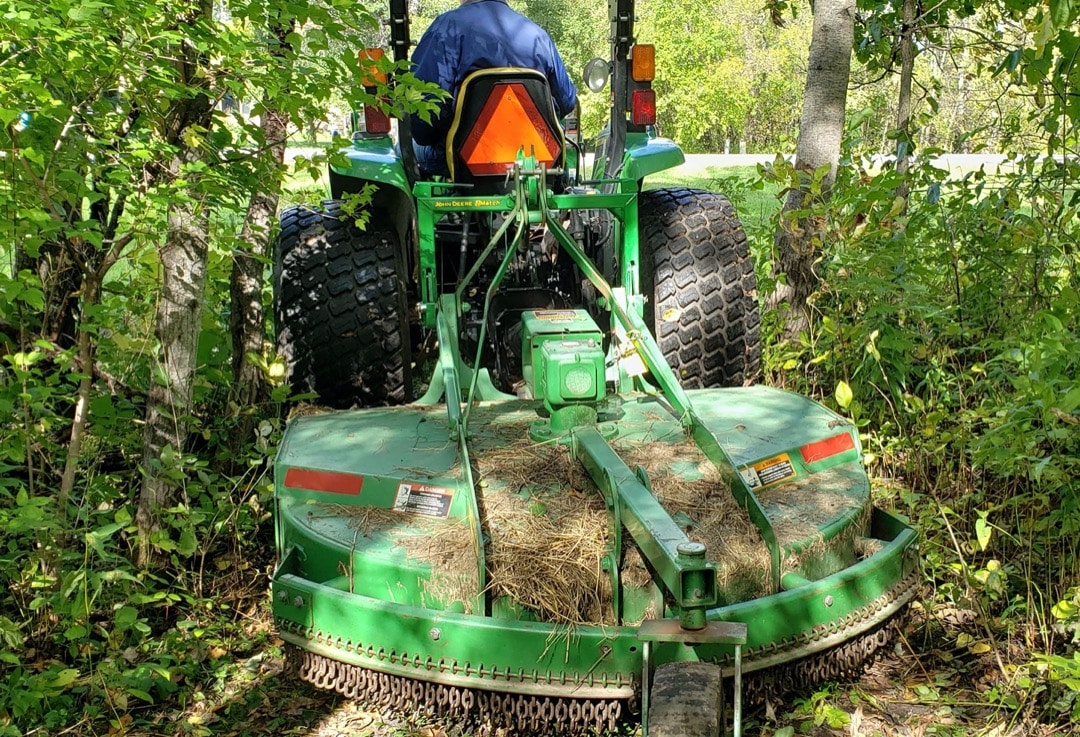
The good news is, tractors like those in John Deere’s 3 and 4 Series compact lineups offer plenty of muscle for larger jobs, too. For example, the 3 Series offers power ranges from 24.7 to 45.3 horsepower, while the larger 4 Series comes in 43.1 to 65.9 horsepower.
Both series easily handle a variety of handy attachments and implements, and are rated for mower decks up to 72 inches (drive-over for the 3 Series, pull-behind for the 4 Series). They can lift heavy loads, too. In fact, the 3 Series’ loader capacity tops 1,100 pounds, while the 4 Series can lift a whopping 2,222 pounds, making machines in both families perfect for doing double-duty on the farm, home, and jobsite.
There are plenty of other considerations when choosing food plot location, size, and shape. For example, it’s smart to consider the land itself. While soil maps used to be guidebooks for where to plant certain crops, modern seed varieties and management techniques make it possible to grow decent plots on marginal soils. However, areas with high soil moisture or extremely rocky terrain can be far more challenging.
The overall lay of the land, access points and surrounding properties should also be considered. For example, placing a food plot on or alongside the trail upon which you enter the hunting area alerts deer to your presence. Does and fawns might tolerate a little human activity, but mature bucks are less lenient, and will shift into nocturnal mode or avoid the area if disturbed more than once or twice. Better to position plots away from human trails and entry points.
As for the neighbors, think about the types of land use, the potential to attract and hold wildlife, and the hunting pressure on surrounding land. Plan food plots and overall land management to make your property equally or more appealing. Remember, food is only part of the equation. Providing secure cover where deer aren’t disturbed is also critically important, but that’s a topic we’ll tackle in another article in this series of tips on how to make your property fit all your hopes and dreams.


 MyME
MyME

